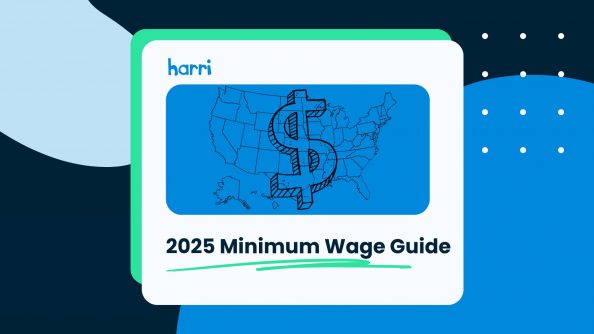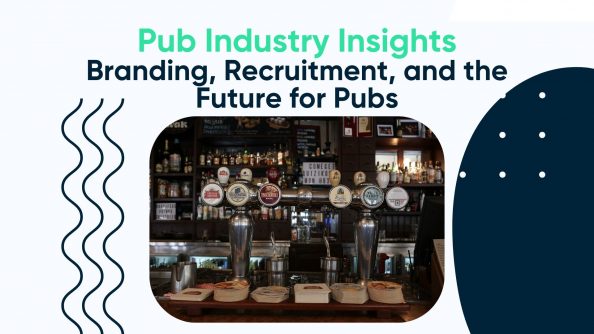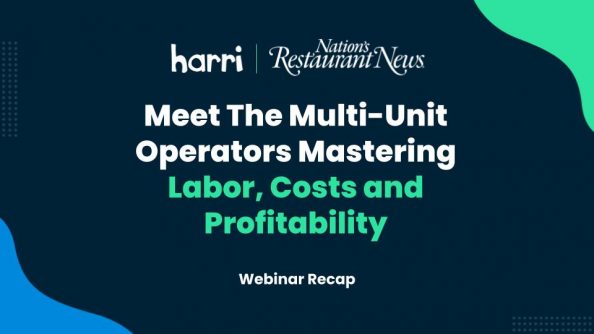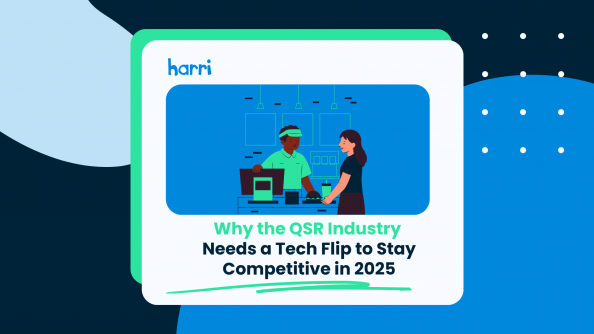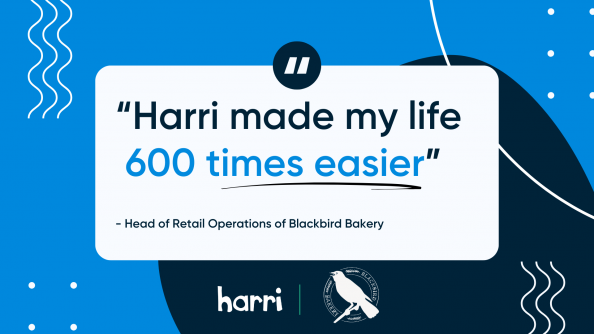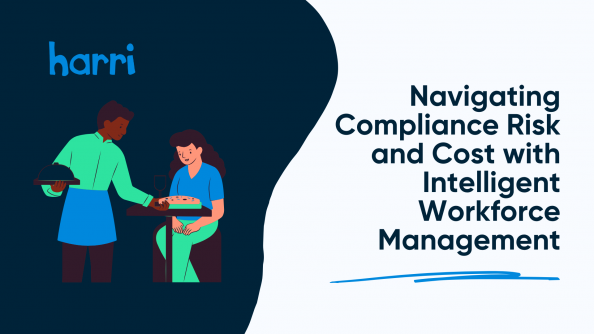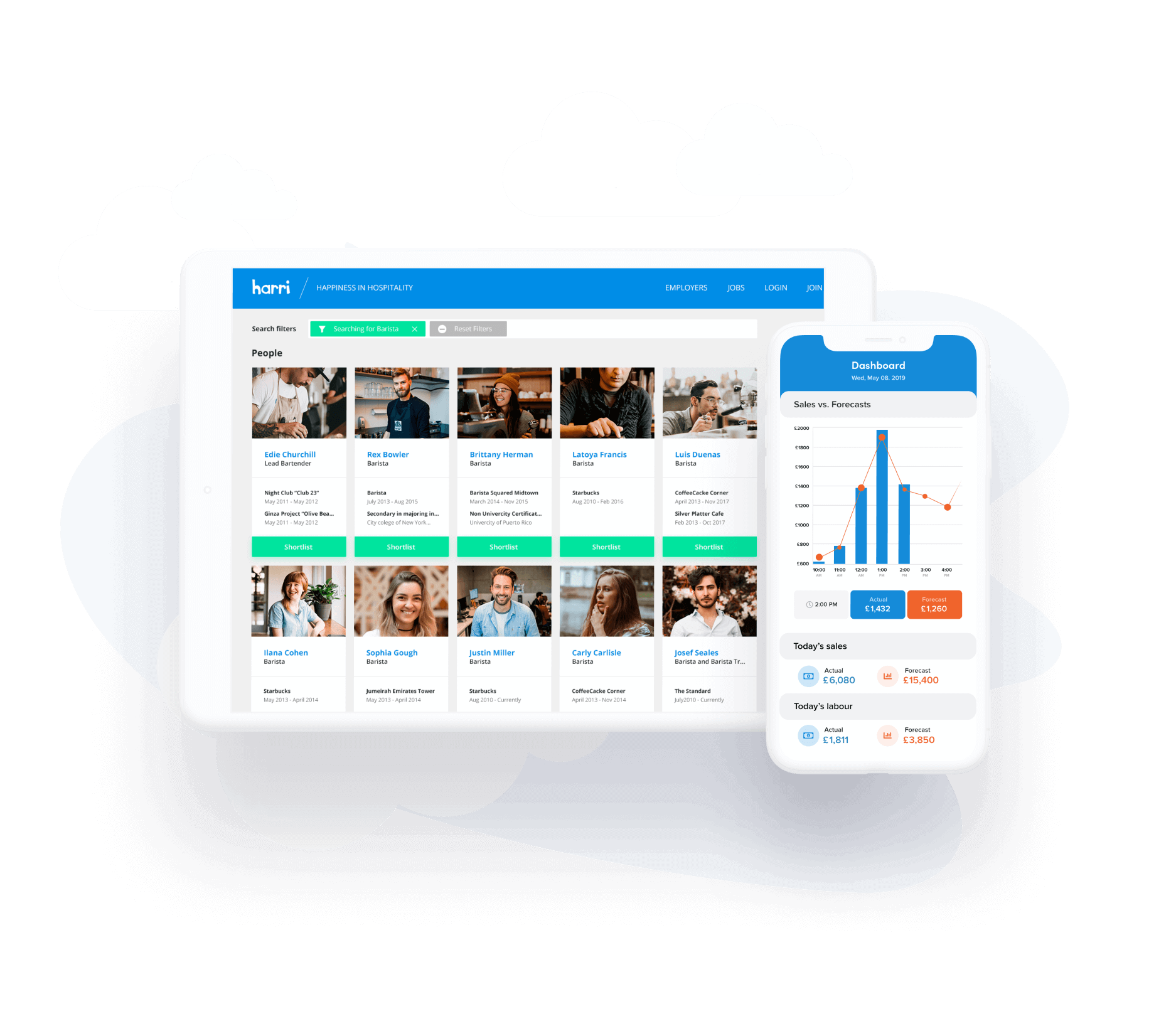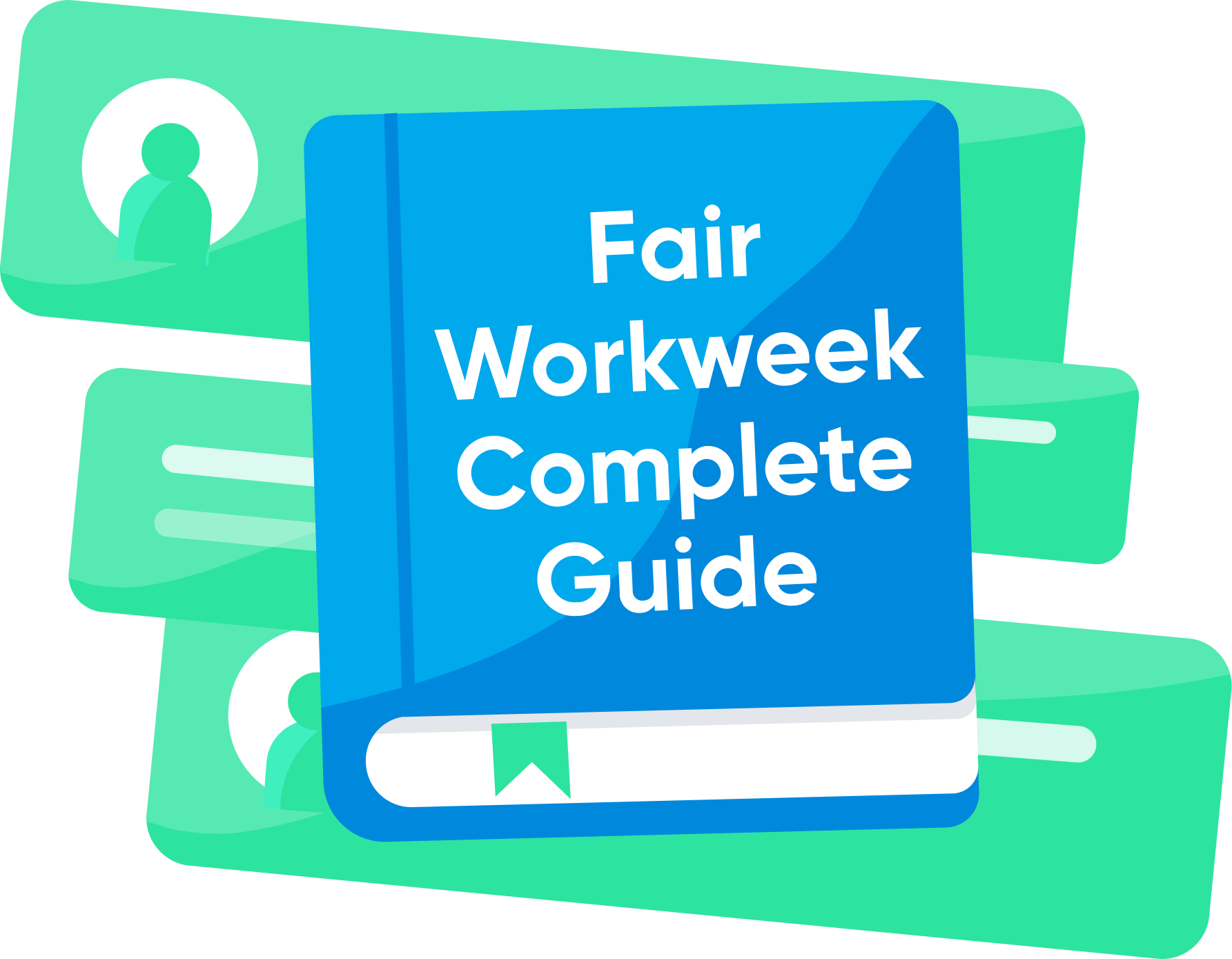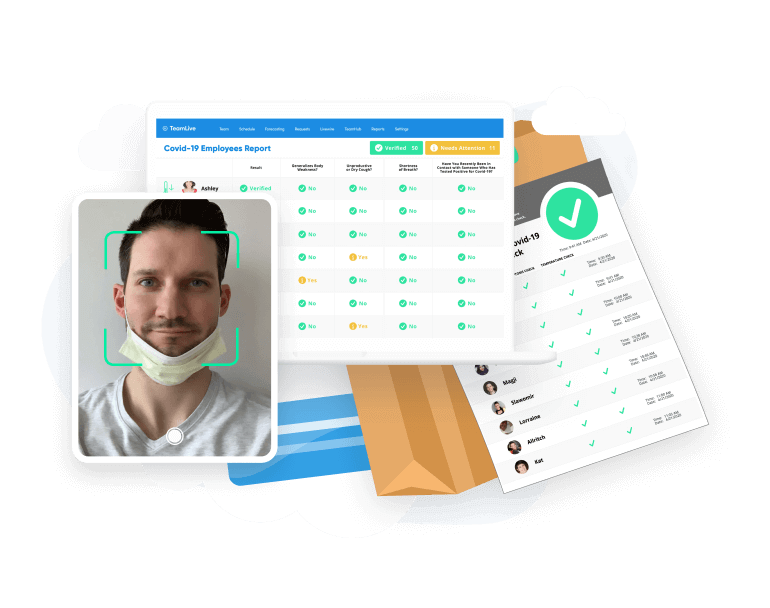Jersey Mike’s, Denny’s & Dave’s Hot Chicken Operators Talk AI, Compliance And More
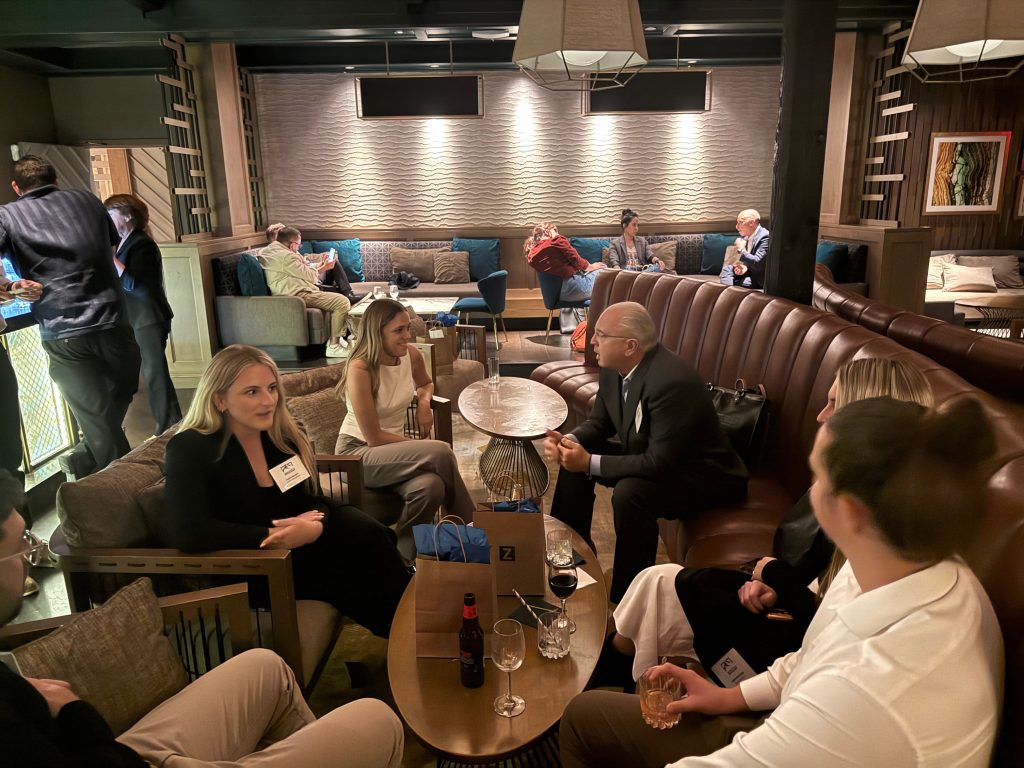
- By Harri Insider Team | November 18, 2025
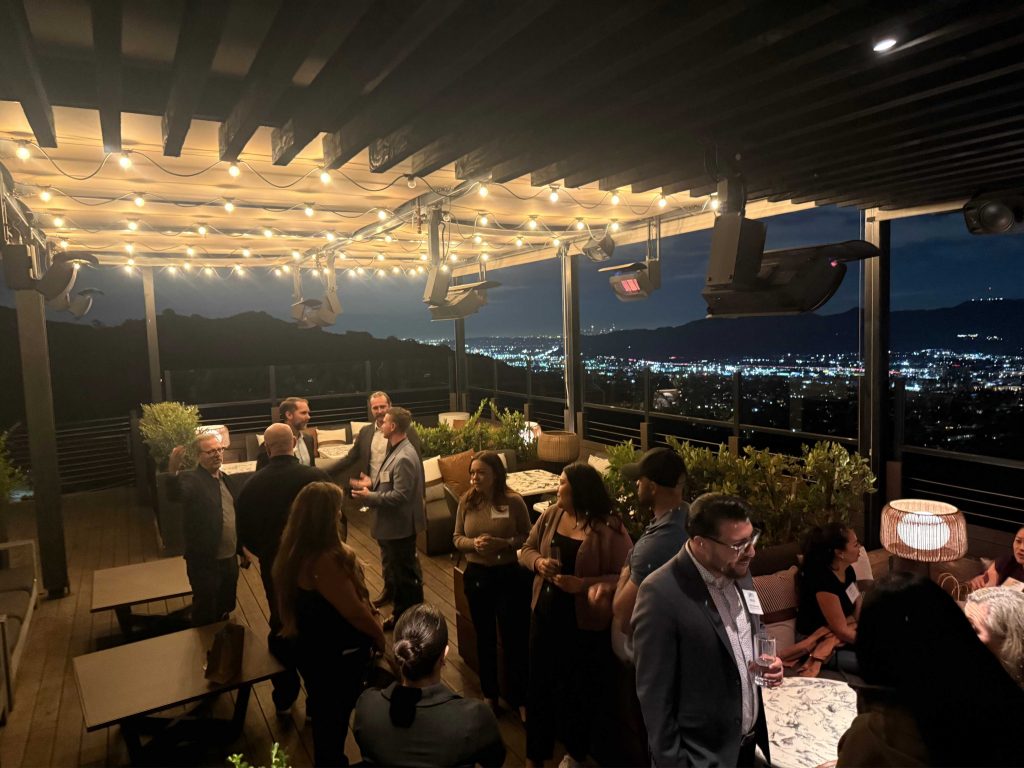
California’s QSR operators are getting creative with technology to combat rising labor costs, and the results are impressive. At the Zaller Law Employer’s Summit last week, operators from Carl’s Jr./Dave’s Hot Chicken, Denny’s, and Jersey Mike’s shared specific ROI numbers that prove strategic tech adoption is paying off—while revealing surprising insights about what’s actually working versus expensive failures.
The Dishwashing Robot That Actually Pays for Itself
Gary Woodford, who owns six Denny’s locations in the Coachella Valley, implemented dishwashing robotics that deliver an 18-hour reduction in dishwasher labor daily. “The arms cost about $8,000 now—they started at $50,000,” Woodford explained. “They use all my existing equipment, existing chemicals. They just installed basically a scaffolding system around the current dishwasher.”
The technology is advancing rapidly. “The manufacturer is expecting that price to drop to $1,500 within the next 12 to 24 months,” he added. But here’s the key insight: “Instead of a human just standing washing dishes, I can leverage that person for better guest-facing functions like checking tables and refilling coffee. Even if my labor stays the same, I’m okay with that—how can you create a better overall experience?”
AI Success Stories (And Expensive Failures)
Juan Carlos Chacon, operating 12 Jersey Mike’s locations with a 190-person team, is testing multiple AI applications with mixed results. “I’m testing AI phone orders at three stores—stores that never answered the phone during lunch rush,” he said. “I picked stores where I have high volume of phone orders and we’re running lean. You can’t pull somebody off the line during rush.”
But he’s learned expensive lessons about implementation costs: “One company sounds really great, but there’s a $125 monthly implementation fee. I have somebody else at only $75 a month. You have to be very careful, you got to be smart and pick what’s efficient.”
His biggest AI win? Back-of-house automation. “I’m testing AI to reconcile all our third-party delivery accounting. Right now we’re at the disposal of Uber Eats, DoorDash, Postmates—we can’t afford to pay accountants to reconcile every single transaction.”
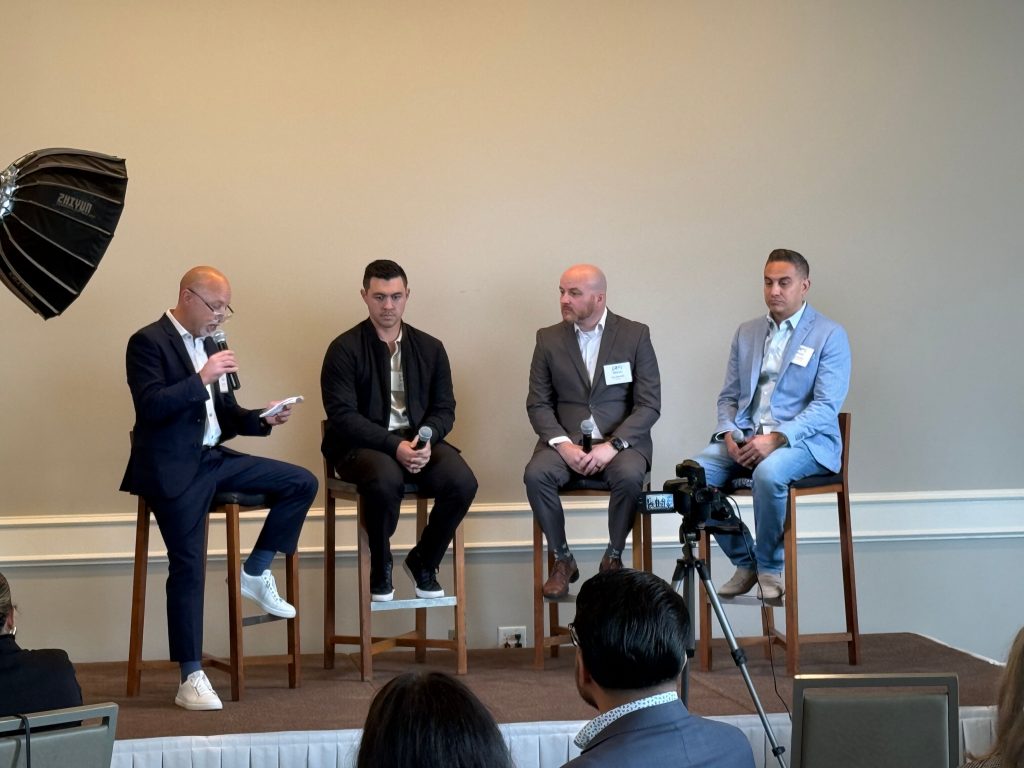
The $7 Million Reality of California’s Wage Laws
However, there’s an unexpected silver lining in hiring quality. “Before, employees would just go find a job paying more than $16 an hour,” Wong explained. “Now everywhere is $20, so if they’re not doing the basics of their job, we can find someone who really wants to be there.” The California Restaurant Association data backs this up—18,000 QSR jobs were lost due to the fast food minimum wage law, creating a more selective hiring environment.
Wong’s team uses Harri for sophisticated labor scheduling insights. “We use Harri to be more effective in scheduling—making sure the staffing you have makes sense compared to your projected sales,” he said. “When someone calls off, how many people do you need to bring in? You have to anticipate for those things.”
The technology helps general managers who might lack analytical skills. “Harri makes it easier for employees to communicate when they can’t come to work, and GMs get the full picture within five minutes,” Wong noted.
Woodford echoes this data-driven approach: ‘We did hour-by-hour labor grids, focusing on individual performance. If we’re serving 100 guests an hour, we need X number of cooks and servers. We’re using AI not to remove the human element, but to help general managers who might not have analytical skills with guest count forecasting and creating streamlined schedules. Even down to, say, if I have a cook, John in the kitchen, he gets his food out very quick. Should we place John in the kitchen between these hours and these hours to try to help expedite the food service?”
Where AI Actually Works (And Where It Fails Miserably)
The panel reached strong consensus: AI isn’t ready for guest-facing interactions. “AI shouldn’t be guest-facing at this point,” Woodford emphasized. “I don’t think it’s intelligent enough, and I don’t think it belongs in drive-through or kiosks yet.” Instead, back-of-house applications are delivering real value:
- Inventory Management: Woodford’s restaurants achieve 98% accuracy on automated ordering systems that generate $3,000-$26,000 weekly orders based on theoretical consumption data
- Temperature Monitoring: “We have thermometers in every temperature-controlled unit that connect to an iPad and auto-populate temperatures”
- Security Analytics: “Our surveillance cameras can check if a drain has been cleaned based on employee physical motions. If that drain wasn’t cleaned within two days, we get an alert”
- Customer Feedback: Using AI to analyze guest sentiment and generate personalized responses rather than generic replies
Surprising Customer Behavior Changes
The operators noticed interesting shifts in customer expectations post-wage increase. “This past summer, their expectations were very, very high,” Chacon observed. “They saw we raised prices and thought, ‘I’m paying this much and getting that.’ We saw a huge spike in customer complaints on petty stuff—like ‘I asked for pickles and didn’t get pickles.'”
Wong noted the challenge with third-party delivery: “Someone comes in and complains about food, we can make it right. But with delivery, it’s ‘it took too long’—and we can only control so much. Then you find out about the issue a week later when they complain on DoorDash.”
The Value Perception Problem
Woodford identified a critical industry challenge: “Customers keep getting charged more without getting more value. For casual dining, they’re spending $100 plus a $20 tip. Consumers don’t feel what they’re paying is worth what they’re getting.”
His solution? A barbell strategy. “Do we have high-margin items? And do we have something to get people in the door where we break even? That barbell is becoming very one-sided toward value because now people buy McDonald’s coffee for 89 cents while Denny’s charges $3.99.”

Looking Forward: The Human Element Remains King
Despite all the technology talk, every operator emphasized people as their top priority for 2026. “Look toward your future managers—people who understand other people,” Woodford advised. “People will always be more valuable than any machine in a restaurant.”
Wong agreed: “If you don’t have those people, then you just have 50 Carl’s Jr. stores with no one to serve customers. Reinvest back into people and build a culture that makes them excited to come to work.”
Wong also emphasized the value of data-driven scheduling and the benefit he’s seeing from the Harri platform. “There’s so much data there, but how do you extract that data and make it into a useful action? If I’m a GM or a DM, I have data that I pull out every day, and I can see where issues are, and I can target those. So when I go into the store, I already know what the conversation is going to be.”
Chacon, with his 25-year industry experience, focused on retention: “The entry level now is the highest we’ve ever seen. So now I need to focus on retention because the managers are going to be with us for a while.”
The Bottom Line for Operators
These California QSR leaders prove that surviving challenging labor landscapes requires strategic tech investments that support—not replace—human connections. The key is knowing where technology delivers real ROI versus expensive shiny objects that drain resources without improving operations.
If you’re a California operator interested in evaluating your compliance risk (and readiness), check out these links and grab time with one of our compliance experts when you’re ready to talk:
- The Restaurant Operator’s Survival Guide To California Compliance
- California PAGA Preparedness: A One-Page Guide To Reducing Penalties
- California Compliance Health Check




